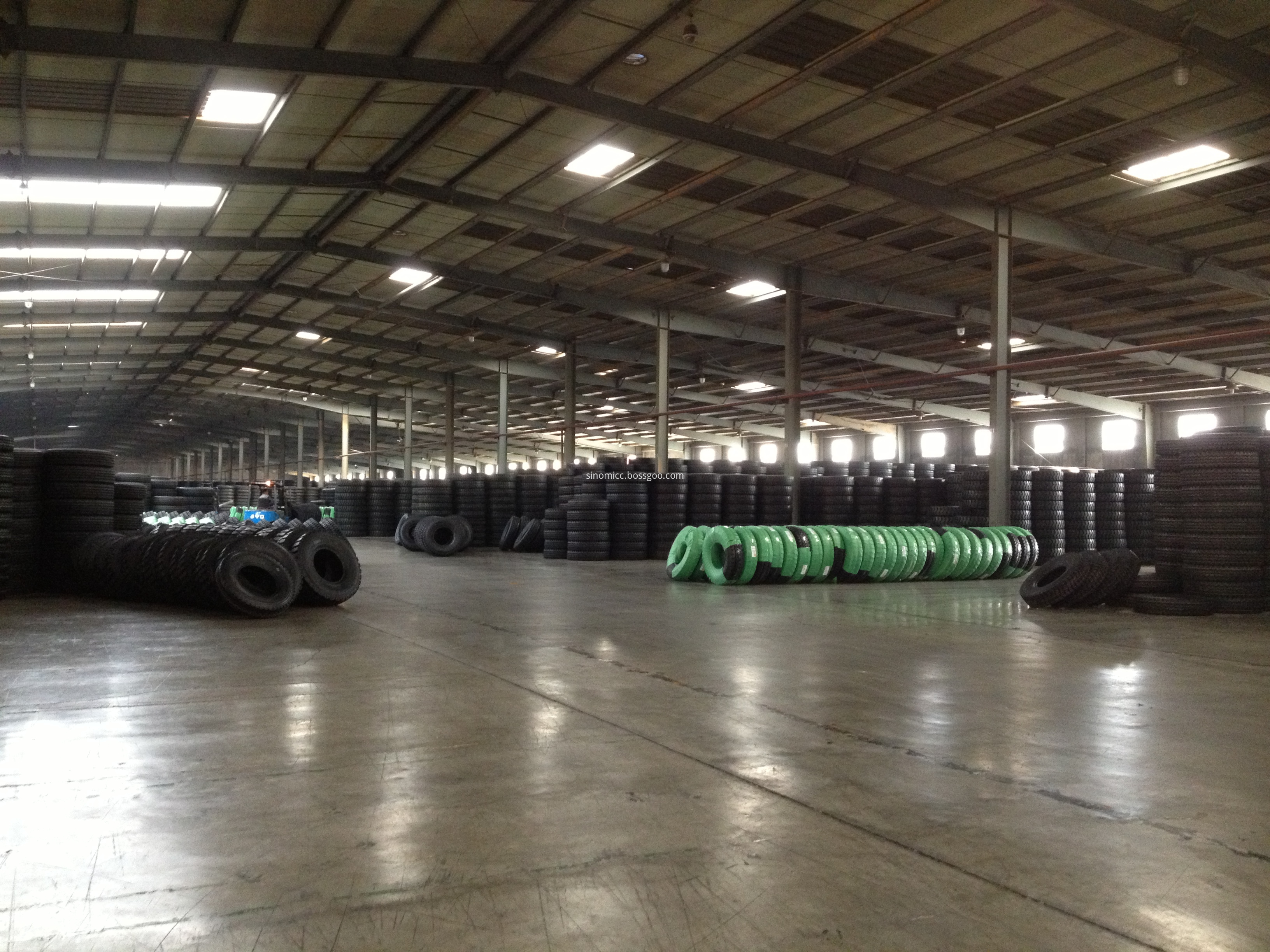In recent years, China’s automobile industry has continued to grow and develop. As the world’s largest automotive consumer market, in 2016, automobile production and sales exceeded 28 million vehicles, ranking eighth in the world for eight consecutive years. With the growth of automobile production and sales, as well as the advancement of related technologies, the Chinese automobile industry is at the threshold of transformation and upgrading. According to the requirements of “Made in China 2025†and “Mid-term and long-term development plan for the automotive industryâ€, it is necessary to increase efforts to promote the development of new energy vehicles, and also to do a good job of energy-saving and emission reduction of traditional internal combustion engine vehicles, and to apply electronic information technology widely. In automobiles, the development of the automotive industry is promoted by information technology. In addition, the much-anticipated policy of "Management of the average fuel consumption of passenger vehicles and the management of points for new energy vehicles" (hereinafter referred to as "dual credit") policy was officially announced at the end of September this year. The policy will be adopted on April 1, 2018. Formally implemented. In the context of the double-integration policy, it has become a general trend for Chinese and foreign car companies to vigorously develop energy-saving and new energy vehicles, and non-metallic automotive materials play a very important role in this process. In order to promote the improvement of China's automotive non-metallic materials and products, the Automotive Non-metallic Materials Branch of the China Automotive Engineering Society held the theme of “Lightweight, Functional, Environmental Protection†in Harbin on November 28-30. The conference will promote the sharing of industry experience, broaden the technical field of scientific and technological personnel, and enhance the awareness of independent innovation and technology accumulation. The Road to Lightweight with "Plastics Replacement Steel" Made in China 2025 clearly stated that by 2020, the overall fuel consumption of passenger cars (including new energy passenger cars) will drop to 5 litres/100 kilometers, and in 2025, it will drop to about 4 liters/100 kilometers. By 2020, the new vehicle fuel consumption of commercial vehicles will approach the international advanced level, and by 2025, it will reach the international advanced level. According to experiments conducted by international research institutions, if the vehicle's vehicle weight is reduced by 10%, the fuel efficiency can be increased by 6% to 8%; for every 100 kg of vehicle trimming quality, the fuel consumption per 100 kilometers can be reduced by 0.3 to 0.6 liters. Therefore, on the premise of ensuring the strength and safety performance of automobiles, reducing the car's service quality as much as possible, thereby improving the vehicle's dynamic performance and reducing the fuel consumption has become the development trend of various car companies. At the 7th Annual Meeting of the Automotive Non-metallic Materials Branch, Zheng Hong, Director of the Materials and Lightweighting Division of China FAW New Energy Development Institute pointed out: “At present, the Chinese auto industry has become an important force in the global automotive industry, and the dream of auto power is gradually developing. To become a reality, in order to promote the green development of the automotive industry, the state has introduced a number of automotive industry development policies, in particular the double-integration policy, will inevitably change the product structure of major auto companies, rather than the development and application of metal materials, with great The lightweight advantages can not only ease the pressure on auto companies in these two aspects, but also provide more opportunities for the non-metal industry. It will certainly promote innovation in the industry, create a rapid transformation and upgrading of the auto industry, and promote the rejuvenation of independent brands." In recent years, vehicle weight reduction has become an effective measure to reduce vehicle emissions and improve combustion efficiency. It is also the main direction for the development of automotive materials. The amount of automotive non-metallic materials has also increased. Among them, plastics and elastomers play a decisive role in the weight reduction of automobile bodies. . In the automotive plastics market, the amount of plastics is constantly increasing, both for exterior trims and interior trims. And with the continuous improvement of the hardness, strength and tensile properties of engineering plastics, plastic windows, doors, frames and even more critical components of automobiles are using plastics. Therefore, plastic substitute steel is an important development trend of automobile lightweighting. one. According to the geographical division, the application of automotive plastic products in the automotive field is mainly distributed in the United States, Western Europe, Japan, and China. According to the types of plastic products, the most widely used automotive products are engineering plastics and general plastics, among which polypropylene (PP) products. The applications in all major regions are the most extensive; polyurethane (PU) is widely used as a foaming material in the automotive industry. According to the IHS Markit data, polyurethane accounts for about 20% of automotive materials in various countries. The amount of polyurethane is very large. Ju Xu, Deputy Director of the Ministry of Chemical Industry at IHS Markit believes that “China’s market is undoubtedly the largest market for polyurethane foam consumption. Individuals believe that polyurethane materials are the least affected by the market fluctuations in non-metallic materials for automobiles. It is forecasted that in the coming years, Polyurethanes will also grow positively in the amount of cars used." Elastomers can be divided into two major categories in the automotive field: one is for tire applications and the other is for non-tire applications. The automotive tire market is the largest rubber end market, and basically 70% of the rubber is used in the tire market. China has the largest proportion of natural rubber and synthetic rubber markets. Therefore, China is the world's largest rubber market, which is also affected by the vigorous development of the automobile industry and tire industry in China in recent years. China's consumption of natural rubber and synthetic rubber is huge, but self-sufficiency shows a completely opposite state. In non-tire applications, EPDM and TPO have a wide range of applications. The data show that from 2001 to 2015, the global ethylene propylene rubber production and automobile output trends are basically parallel, to some extent, the EPDM production status can also reflect the state of the entire automotive market. However, China's EPDM production capacity is relatively low and it depends on imports. With the in-depth application of the idea of ​​lightweight plastic-to-steel, the development and application of thermoplastic elastomer (TPE) between rubber and plastic has become more and more mature and more extensive. In 2016, the global thermoplastic elastomer consumption reached 6 million tons. The development of TPE has a lot to do with the development of the automotive industry, because 43-44% of the total consumption of TPE is for the automotive industry. The TPV products, which are widely used in sealing strips and guide channels, have potential for excavation in the future market. All in all, light vehicle weight is the only way for the development of the global automotive market. According to Goldman Sachs, by 2025, each vehicle produced by OEMs will lose about 200 kilograms to meet the corresponding demand. Among the many lightweight materials, rubber and plastic materials, as non-metallic materials, will play an increasingly important role in the lightweight of automobiles. Safety, environmental protection and light weight must not be neglected In 2014, the global transportation industry accounted for 29% of carbon emissions. It is second only to heavy industry energy companies, indicating that the automotive industry accounts for a significant proportion of carbon emissions, while automotive non-metallic materials are effective as lightweight. Means are more and more commonly applied. At the same time, the prosperous development of automotive non-metallic materials, we must also pay attention to some issues. With the increasing demand of consumers for VOCs in the car interior, the promotion of strong air quality in cars and the control of interior VOCs have become challenges faced by the OEMs and interior trim industries. In the car VOC, as the revision of the national strong standard continues and the air quality in the car has been incorporated into the management of SVIVI for the first time, the pressure on the entire vehicle company to control the VOC's compliance with legal standards is increasing. The more urgent. Car odor is a major concern for major OEMs. Regardless of the research report issued by a third-party research institution or the complaints from consumers, odor in the car is an evaluation of the subjectiveness of vehicles for consumers. It is also very important to improve the air quality in the car. Wang Lei, data resource center of China Automotive Technology and Research Center, said: “There will be no problems in the automotive R&D stage. It is a problem in the batch production process because of the problem of work materials. Make consumers uncomfortable.†The release of harmful substances contained in automotive parts and interior trim materials, including automotive plastics and rubber parts, fabrics, paints, insulation materials, adhesives, etc., may cause excessive VOCs. Volatile substances in these materials can be released during the use of the car, lasting months or even years. Some studies have shown that in accordance with the requirements of the new national standard, the vehicle's VOC exceeds the standard mainly manifested as ethylbenzene, xylene exceeds the standard, in which the sealing strip, sunroof, door locks, seats, top lining, process glue on the vehicle VOC content Very much "contribution", so these components are also the key components of the vehicle's VOC control. Wang Lei introduced: "For enterprises to achieve a control of the vehicle VOC, whether it is VOC or smell we will break the target into the main twenty or thirty kinds of interior parts, and then gradually broken down to the original raw materials, It is our non-metallic materials in the car. For most vehicle companies, the management and control system has basically been established. The adoption of a step-by-step screening and vertical control method means that the pressure on the entire vehicle company to meet the VOC national standards is not great. The company's focus is on how to further improve the VOC performance of the vehicle based on national standards." On the other hand, optimization of raw materials is a fundamental measure in the control of vehicle VOCs, but at the same time, in addition to the influence of the formulation of the raw materials themselves on VOCs, the molding process and post-treatment process of the components also affect the volatilization of components. Material content, so VOC control from raw material synthesis, modification, processing, parts production, assembly, storage, transportation, parts assembly in the vehicle, design and manufacturing will affect the entire vehicle VOC. The rectification of VOCs needs the support of the transformation of the entire industry chain and the strengthening of management and control. In addition, the establishment of a unified material testing standards and clear evaluation indicators are indispensable. The prospects for biological materials and 3D printing technology are bright Under the goal of environmental protection and lightening of automobiles, the development of new materials and new processes has received increasing attention from companies. The progress of biomaterials and 3D printing technology will bring brighter prospects to the automotive industry. In terms of biological materials, biomaterials such as polylactide PLA+PC, soybean foam polyurethane, etc. are recognized as environmentally friendly materials, which can minimize carbon dioxide emissions and reduce air pollution in automobile vehicles. Xinda Group, established in 1985, has successfully applied bio-based materials to light weight, and Dai Daijun, the managing director of Xinda Group, said: “Bio-based materials use corn and sugar cane as a source of starch to synthesize polylactic acid. The degradable materials are decomposed into water and carbon dioxide, and the use of plant fibers can also reduce costs and weight. For example, rice husks and straw can be ground into powders and added to materials, which not only reduces the weight but also reduces costs. †In addition to research and development of biological materials, Xinda also focuses on the development of 3D printing technology. 3D printing technology originated in the United States in the 1970s. It is a new type of molding technology that builds objects by layer-by-layer printing based on digital model files, using powdered metals or plastics and other sticky materials. Compared with traditional technologies, 3D printing technology has the characteristics of diversification, material saving, and simple manufacturing skills, and is a subversive technology. The market value of the global 3D printing market in 2013 was 2.3 billion U.S. dollars, and it is expected to reach 8.6 billion U.S. dollars in 2020, with a compound annual growth rate (CAGR) of 20.6%. At the same time, medical, aviation, automotive, and education fields will become 3D. The biggest growth point in the print market. It is understood that by 2022, the global medical 3D printing market will reach 3.89 billion US dollars (approximately RMB 26 billion). The market research company Allied Market Research gave a prediction through a report that in the next five years, the automotive 3D printing market will grow rapidly at a compound average annual growth rate of 21.8%, and eventually reach a global scale of US$2.39 billion by 2022. Dai Daijun talked about the application of 3D printing technology in the automotive field: “A car needs to undergo several modifications and verifications during the planning, design, production, mid-term changes, and final release. Many prototypes are manufactured. The traditional method uses rapid prototyping technology, which is time-consuming and costly. Using 3D printing technology can effectively reduce costs and shorten the development cycle.†In the whole vehicle design process, combined with 3D printing technology, Dongfeng Company adopts 3D printing technology to print a complete set of automotive interiors, assembles on prototypes for professionals to review the appearance, and opens to the auto show for visitors to visit and collect audiences. Opinions for later reference of design optimization. Geely Automobile used 3D printing technology to produce air-conditioning HVAC assembly and air duct assembly, and comprehensively tested the air volume of the air-conditioning system, the rationality of the unmatched air volume, and the accuracy of the wind direction of the defroster outlet. In addition to the design of prototypes, 3D printing technology can directly produce automotive exterior parts, interior trims, function parts, etc. For example, the Peugeot Fractal concept car uses a lot of 3D printed zeros on car interiors. part…… As a company specializing in R&D production and sales of polymer composite materials, Xinda's industrial planning is to create the first place in the production and sales of China's automotive polymer composites; in addition, it will create lactide, polylactic acid, and complex lactic acid in innovative biodegradable materials. The industry chain is the most complete, and China's industry is the first in terms of production and sales; it also has to achieve the highest level of innovative polymer materials, 3D printing supplies, and the first in the domestic industry. Geege summary: The rapid development of new energy vehicles and the upgrading of traditional automobiles, linking all aspects of the industrial chain including basic materials, perceptual materials, structural design, calculation and analysis, parts manufacturing, production equipment, and testing, while reducing weight and environmental protection With the industry background of the functional and dual-integration policies, the development of automotive non-metallic materials industry faces unprecedented opportunities and challenges. We expect lightweight, environmental protection, and other new materials and new processes to represent the new face of the automotive industry in the future.
Rockstar Series High Performance All-Steel Truck and Bus Radial Tire
ROCKSTAR tyres have been exported to North Amereca, South America, Africa, the
Middle East and Southeast Asia.We have done OEM for several well-known brands.
7.50R16 8.25R16 8.25R20 9.00R20 10.00R20 11.00R20 11.00R22 12.00R20
12.00R24 11R22.5 12R22.5 13R22.5 11R24.5 295/75R22.5 295/80R22.5
285/75R24.5 315/80R22.5 385/65R22.5
Tbr Tires,Tbr Heavy Truck Tires,Rockstar Truck Tyre,Rockstar Tubeless Truck Tyre SINOMICC INTERNATIONAL , https://www.rockstartyre.com
![]()
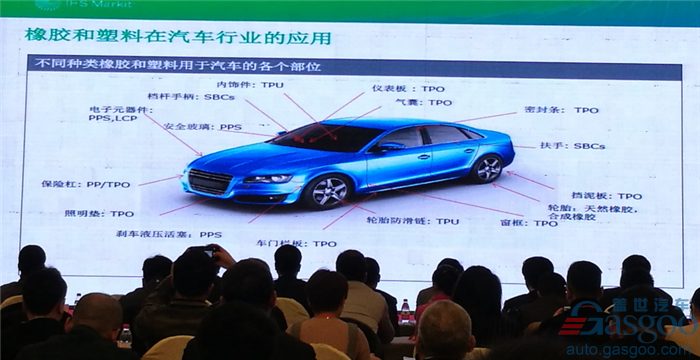
![]()
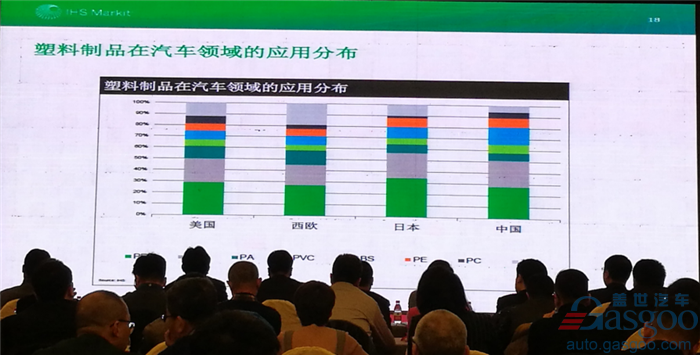
![]()
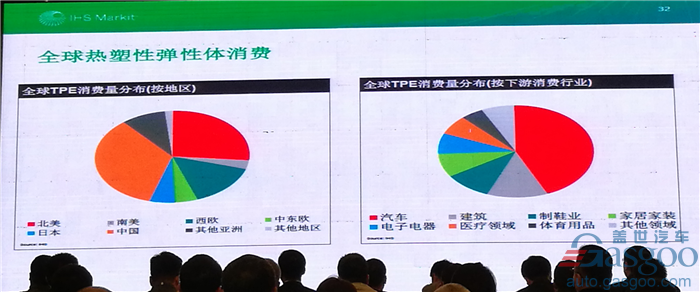
![]()
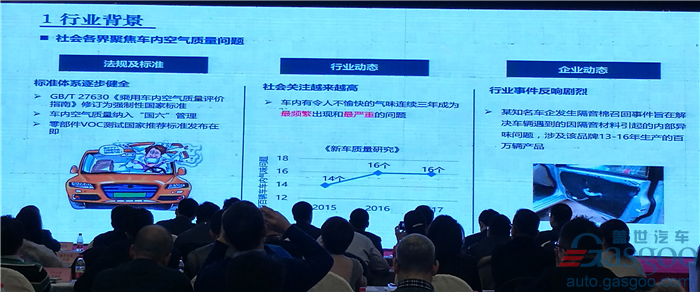
![]()
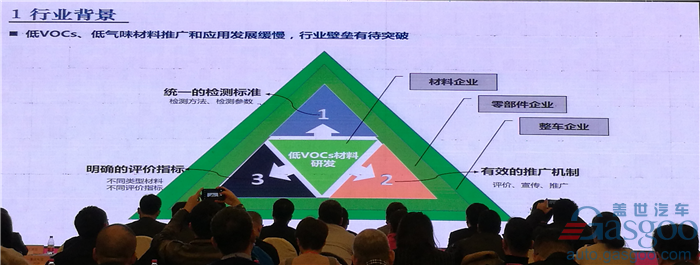
![]()
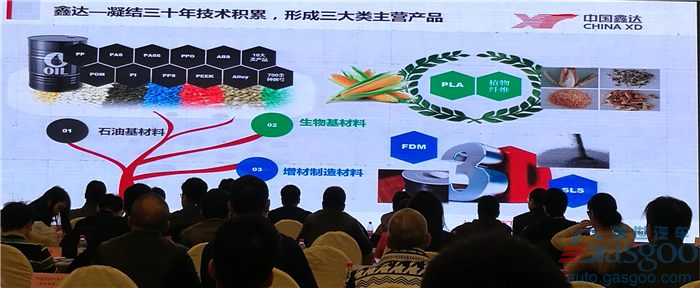
![]()
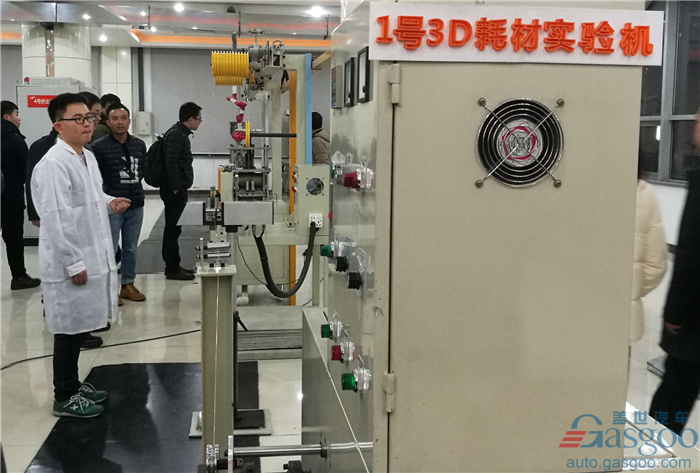
![]()
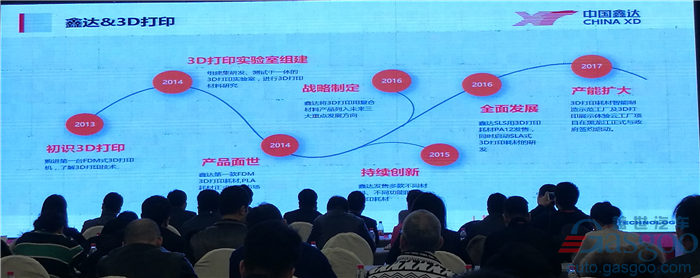
![]()
Suitable to heavy truck and and bus, Tractor.
Product attributes:
1. Adverse pavements including mines and construction sites;
2. Brand new pattern design, offering super clutching and anti-puncture
performance and avoiding stone filling;
3. Special enhanced structure design;
4. High-performance framework as well as low heat build-up and wearable formulation;
All the TBR Sizes:
